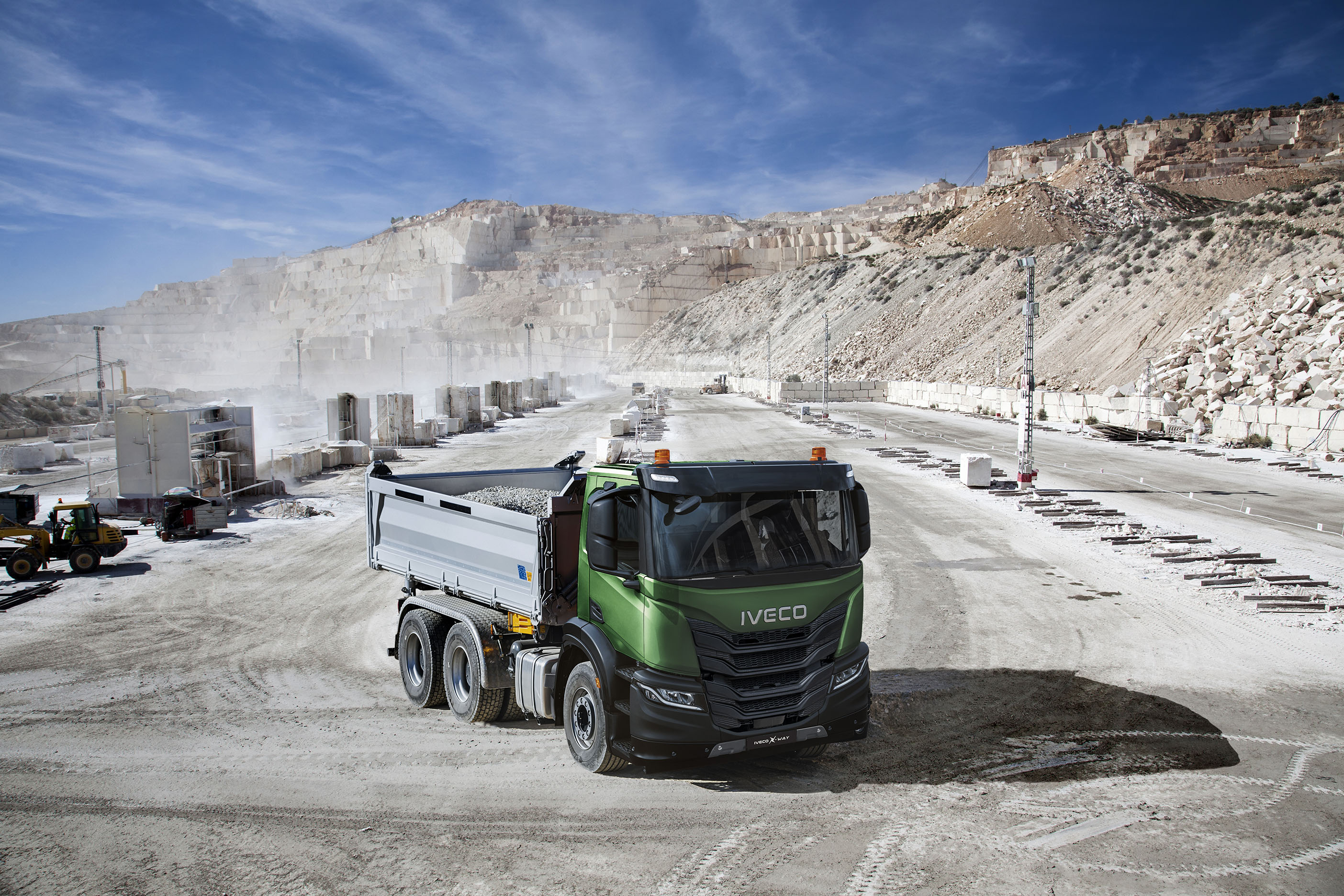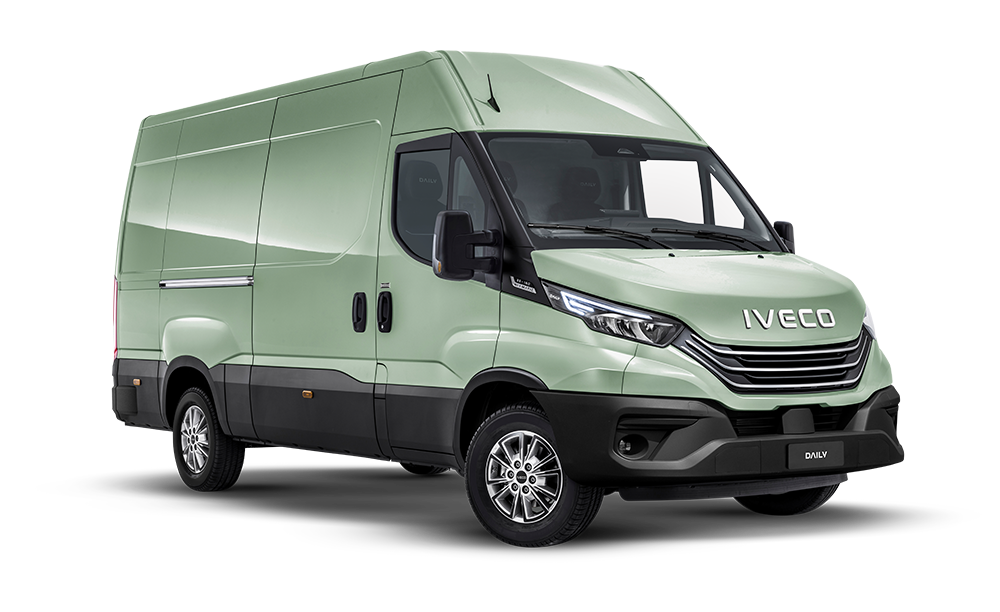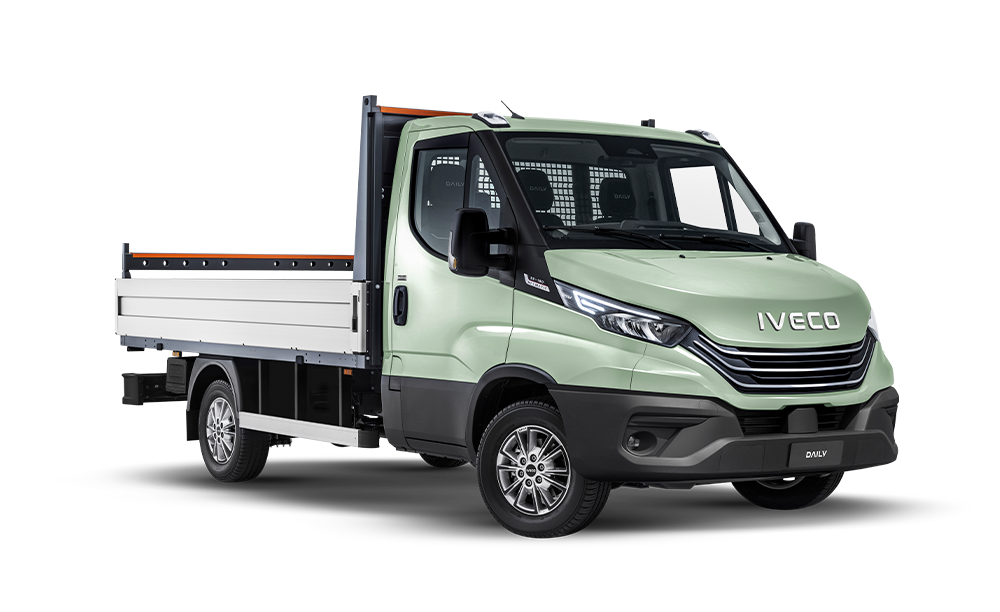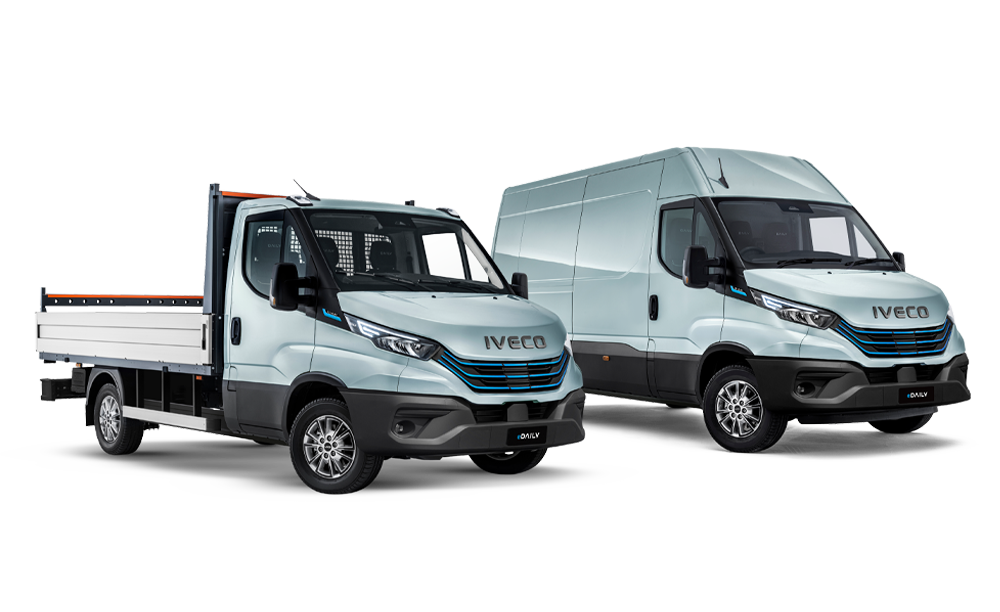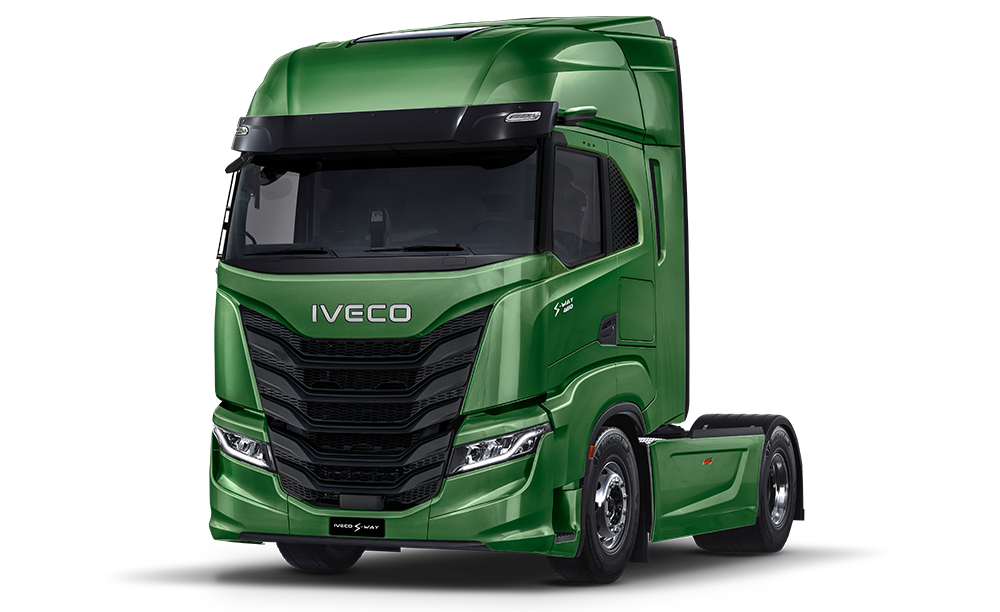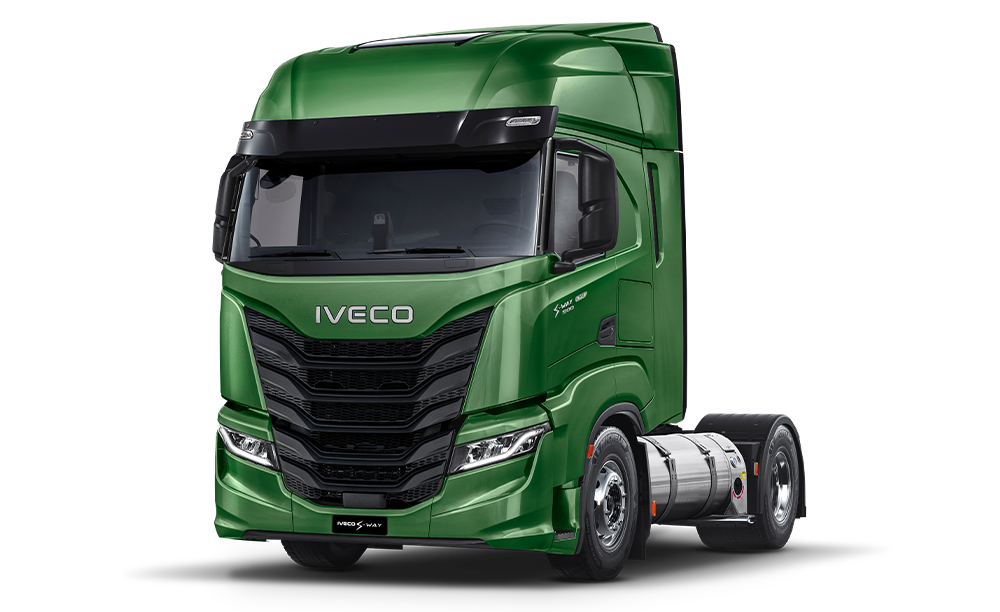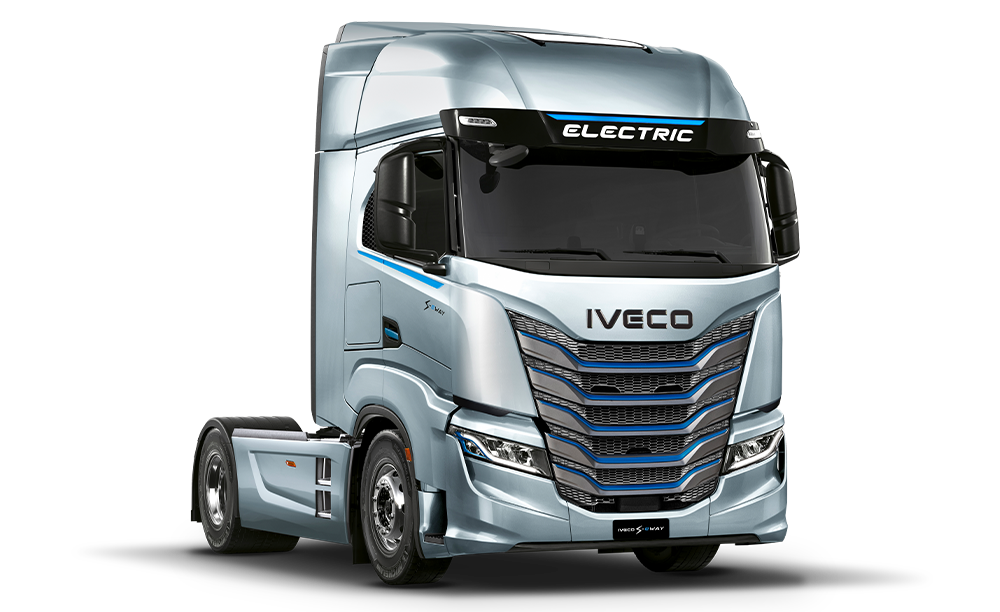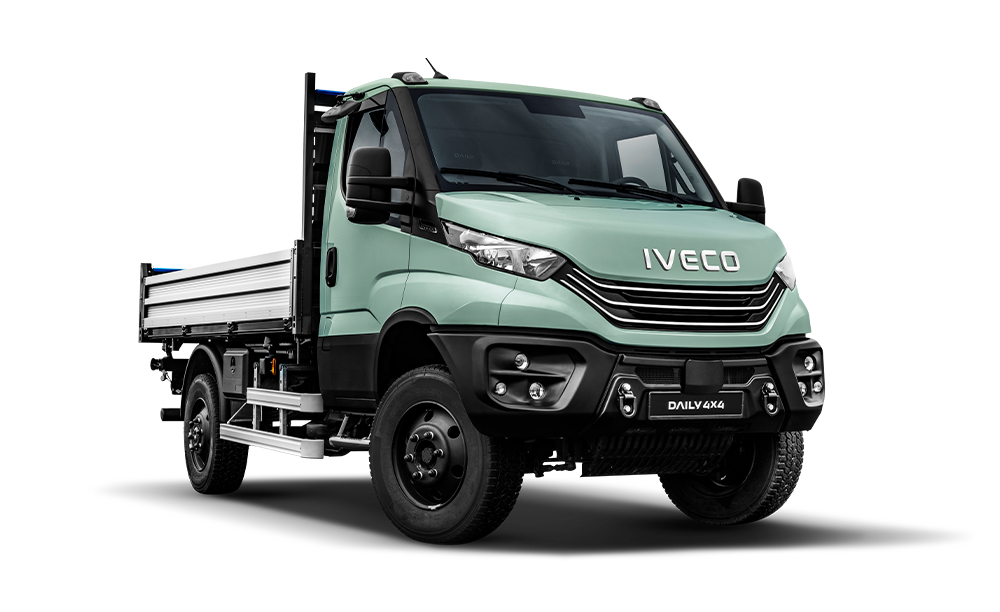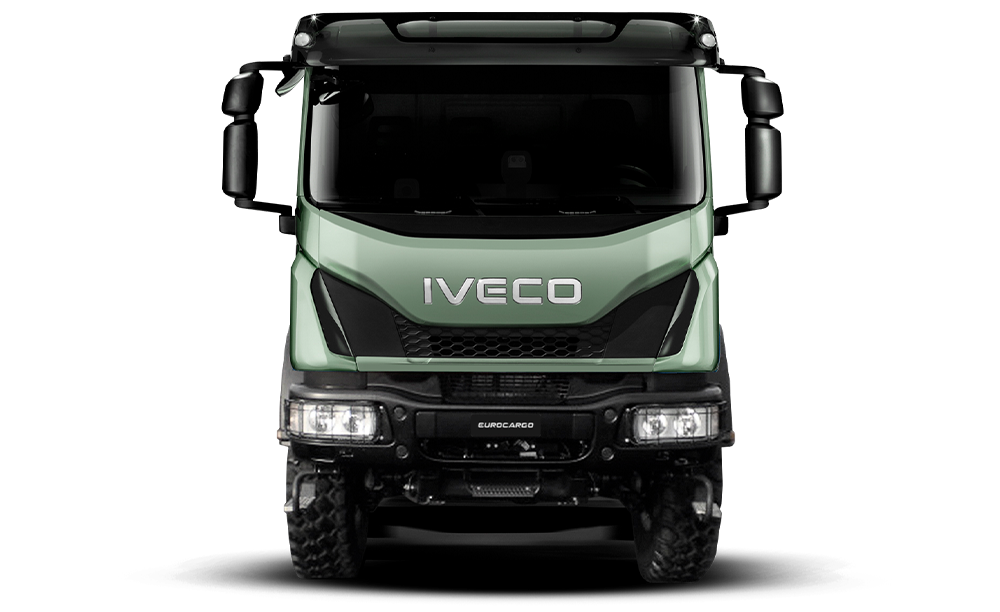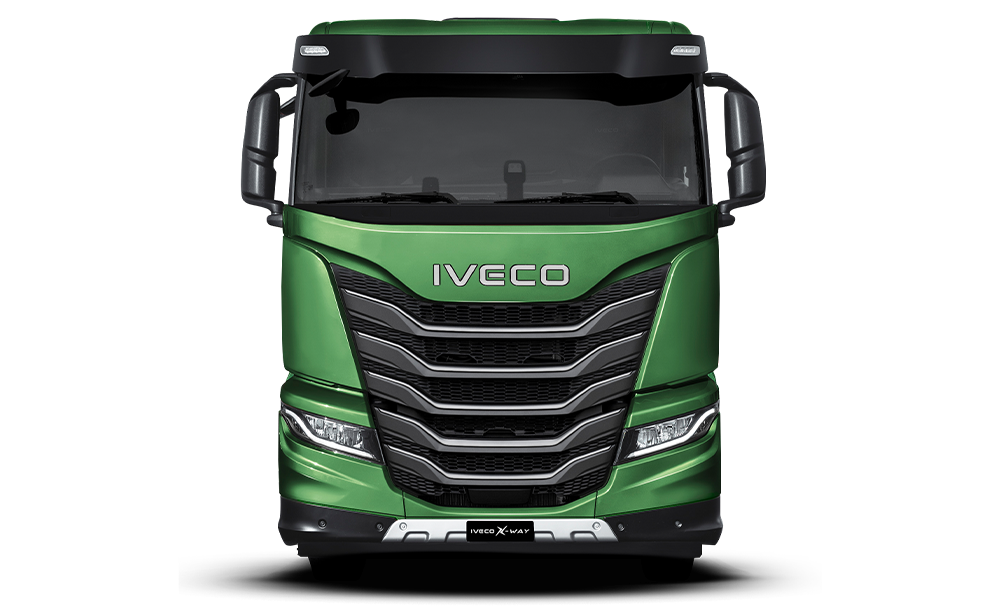

Please Wait
Natural Gas
The Natural Alternative to Diesel
Transition to cutting-edge gas technologies with the industry leader in natural gas commercial vehicles.
Whether you need a 44-tonne gas truck or a vehicle for long-haul transport, IVECO is the only manufacturer that delivers reliable sustainability across every category. With over 50,000 natural gas vehicles produced and more than a billion kilometres travelled since 1996, IVECO is Europe’s leading manufacturer of natural gas commercial vehicles—pioneering the future of cleaner, more efficient transport.
Towards the future with CNG, LNG and biomethane
IVECO trucks powered by CNG, LNG, and biomethane offer a sustainable, cost-effective alternative to diesel, reducing emissions and enhancing fuel efficiency. These alternative fuels lower CO2, nitrogen oxides, and particulate matter, helping to minimise the carbon footprint of transportation. With the added benefit of biomethane from renewable sources, IVECO’s natural gas vehicles contribute to a cleaner, greener future for the logistics industry.

Biomethane is a 100% renewable energy source, chemically identical to natural fossil gas
Climate change waits for no one, and the time to act is now. Our mission is clear: to provide sustainable solutions that help drive meaningful change. A gas vehicle powered by biomethane offers a revolutionary solution, ensuring transport with zero CO2 emissions and helping to pave the way for a cleaner, more sustainable future. By embracing this technology, we can reduce our environmental footprint while maintaining the performance and efficiency that businesses rely on. Together, we can make a real difference in the fight against climate change.

IVECO is ready for sustainable mobility. What about you?
In the light, medium, and heavy commercial vehicle sectors, natural gas technology stands out as a leading alternative to traditional traction systems, offering a significant edge over other energy solutions. With its lower emissions, reduced environmental impact, and cost-efficiency, natural gas provides a compelling choice for businesses looking to transition to more sustainable fleets. Compared to other alternatives, it delivers a balanced combination of performance, reliability, and environmental benefits, making it an increasingly popular option for operators seeking both operational savings and a greener future.

All our experience at your service
Thanks to an intensive development started in 1996, IVECO’s gas-powered vehicles have demonstrated their maturity and excellent performance in terms of reliability, environmental commitment and return on investment, both in municipal applications and in medium and long distance freight transport.
IVECO also provides a dense network throughout Europe, composed of natural gas specialists ready to support customers at any time. Whether you are looking for a truck for long-distance applications, a mid-range vehicle for transporting building materials or a heavy articulated vehicle for international long-distance transport, by choosing an IVECO natural gas vehicle, you can rely on sophisticated, reliable and long-lasting technology. All thanks to our constant commitment and research and development activities dedicated to sustainable transport.
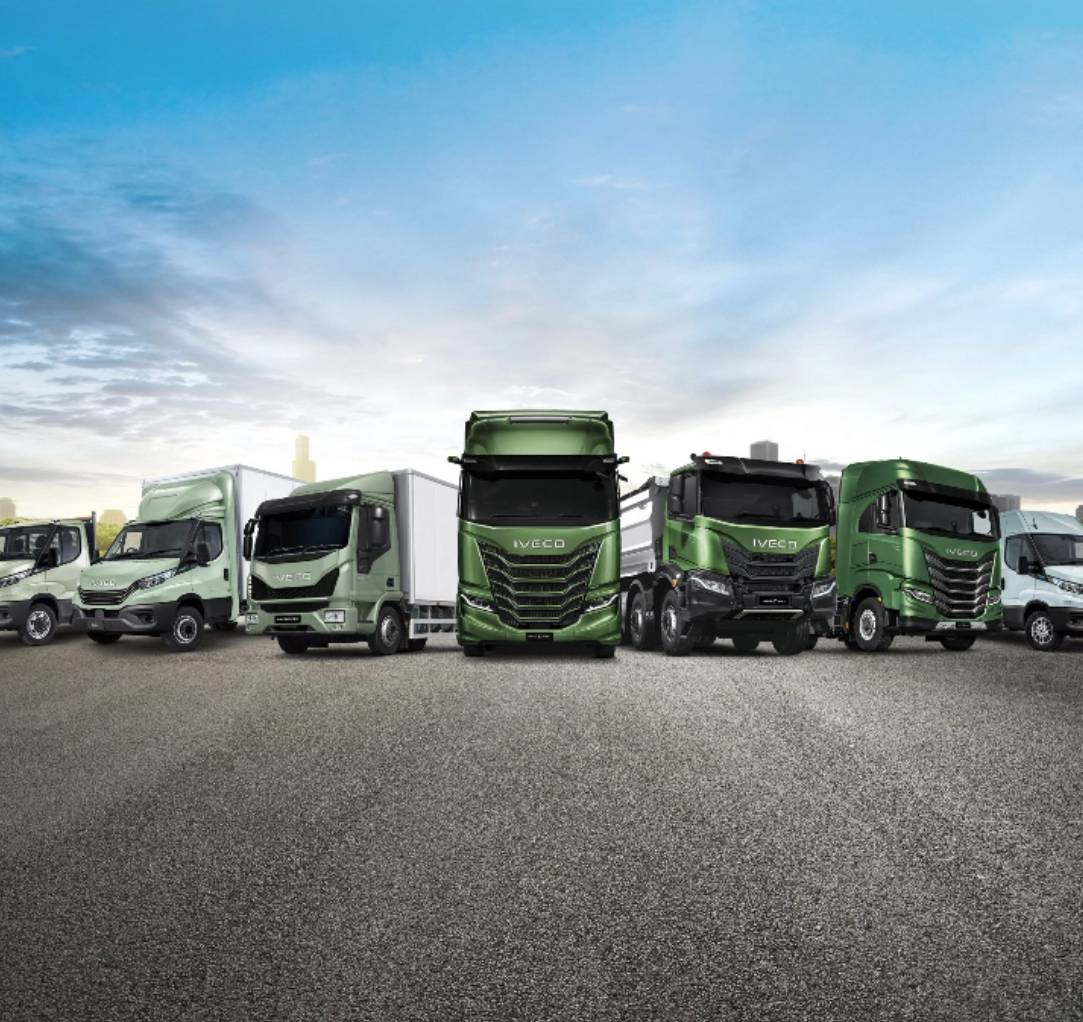
Why natural gas and biomethane?
Power your business, protect the planet—make the switch to biomethane today.
With the publication of the Green Deal, the European Commission has set a number of key goals to be achieved by 2050. The fight against climate change is a challenge that can no longer wait: the need to define concrete and ambitious strategies to combat air pollution and protect our planet is now irreversible. IVECO’s commitment to providing sustainable solutions has always been one of the company’s fundamental pillars and now more than ever IVECO recognises the need to offer a broad portfolio of sustainable technologies. We all have a duty to contribute and support the fight against climate change: driving a natural gas vehicle powered by biomethane would be a great starting point.

Our range of Natural Gas Vehicles
Daily CNG
Daily CNG is the perfect solution for your sustainable business.
Versatility
The versatility of the Daily is with you, whatever you mission: single or twin wheel, GVW up to 7,2 ton, with maximum range of over 500 km
Performance
Reduce environmental impact by using your Daily CNG with bio-methane, and fuel your business with the power and responsiveness of the 3.0-litre CNG engine with 136 hp and 350 Nm of torque.
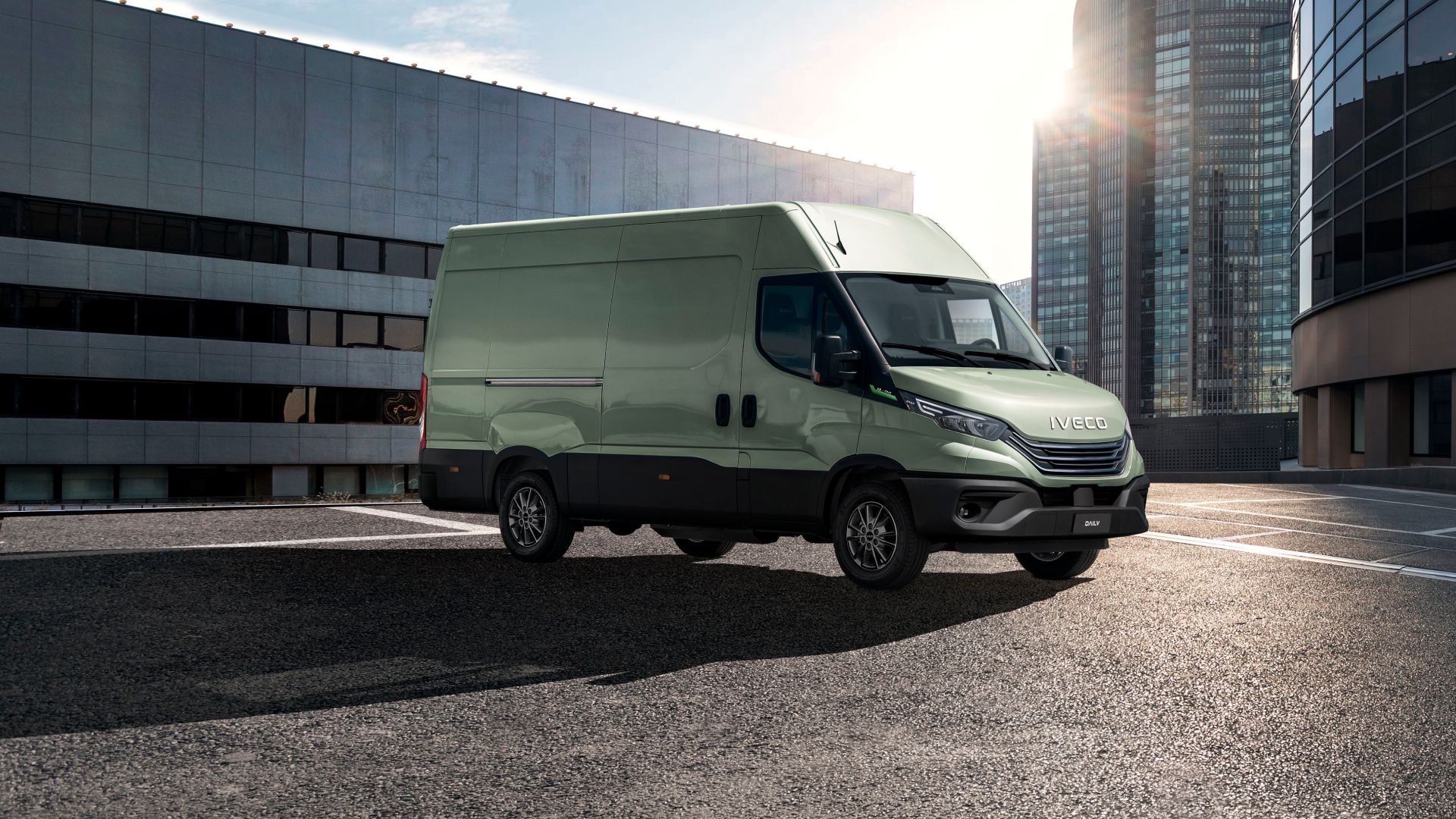
IVECO S-Way Natural Gas
Naturally powered
Engines for any application
Choose between a wide offer of Natural Gas engines that deliver clean running and quiet operation to suit all applications:
Cursor 9
Designed for a wide range of missions, from urban to regional distribution, refuse collection and construction logistics.
The optimised stoichiometric combustion process and weight of the 8.7-litre displacement engine deliver the best fuel efficiency in all conditions.
Cursor 13
With a 12.9-litre displacement, enhanced combustion process and optimised weight, it delivers the best fuel efficiency even in very long-distance missions.
Up to 1600 km autonomy
IVECO S-WAY Natural gas is the first Natural Gas-fuelled truck in the market specifically designed for international long haul transport with exceptional autonomy of up to 1600 km in the LNG version.

IVECO X-Way Artic Natural Gas
The legendary robustness in a natural way
Tailor-made for your needs
Tanks available for CNG or LNG versions and tailor made to free up the space you need on the chassis.
Just natural
It offers the perfect combination of IVECO’s best long-haul technologies and legendary off-road robustness - but powered by the most mature natural gas technology on the market.
